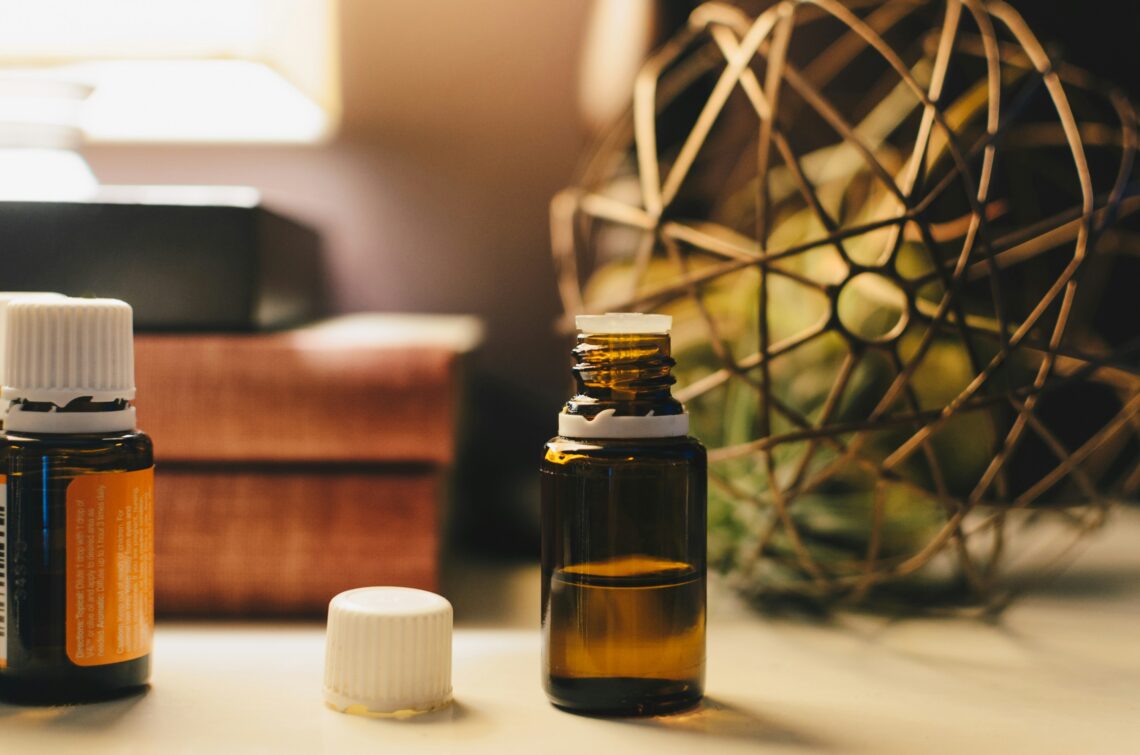Embracing Mindfulness for a Healthier Lifestyle: A Journey to Inner Peace
In an age where the world spins faster than a toddler on a sugar high, it’s easy to lose ourselves in the chaos of everyday life. Rushing from one task to another, juggling responsibilities, and constantly checking our phones can lead to a sense of disconnection—not just from others, but from ourselves. This is where mindfulness enters the scene, waving its metaphorical hands and shouting, “Hey, slow down! You’re missing the good stuff!”
What is Mindfulness?
At its core, mindfulness is the practice of being present in the moment, fully aware of your thoughts, feelings, and surroundings without judgment. Picture a serene lake, undisturbed by the wind—this is what mindfulness aims to achieve within your mind. Developed from ancient Buddhist traditions, mindfulness has been embraced by millions worldwide as a means to enhance mental well-being and foster a healthier lifestyle.
Mindfulness vs. Mindlessness
Let’s take a moment to reflect (pun intended) on the difference between mindfulness and mindlessness. We’ve all experienced those moments when we’re on autopilot—like when you drive somewhere and suddenly realize you have no recollection of the last few miles. That’s mindlessness. Mindfulness, on the other hand, encourages us to engage with our experiences fully. It’s about savoring that first sip of coffee in the morning or noticing the vibrant colors of fall leaves as they dance in the breeze.
The Science Behind Mindfulness
Research over the past few decades has substantiated the benefits of mindfulness, and let me tell you, the results are impressive. Some studies suggest that regular mindfulness practice can lead to:
- Reduced stress and anxiety
- Improved emotional regulation
- Enhanced focus and concentration
- Better physical health
- Greater overall life satisfaction
For instance, a study published in the journal Psychological Science found that participants who practiced mindfulness exhibited lower levels of anxiety and depression. It’s almost as if the practice serves as a protective shield against the mental storms of life. And who wouldn’t want one of those?
Starting Your Mindfulness Journey
Now that we’ve established what mindfulness is and why it matters, the next question is how to incorporate it into your life. Let me share a few practical tips to get you started on this transformative journey.
1. Begin with Your Breath
Ah, the breath. It’s something we often take for granted—until we need to catch it while running up a flight of stairs. Start by taking a few moments each day to focus on your breathing. Inhale deeply through your nose, letting your belly expand, and exhale slowly through your mouth. Doing this for just five minutes a day can create a calming oasis amidst the hustle and bustle.
2. Mindful Eating
Let’s face it—how many of us have gobbled down lunch while scrolling through our phones? Mindful eating involves savoring each bite, paying attention to flavors, textures, and even the colors on your plate. I remember a time when I tried this during a meal with friends. Instead of chatting animatedly, we took a moment to appreciate the deliciousness of our food. It felt almost revolutionary, like we had uncovered a hidden gem in the ordinary.
3. Nature Walks
There’s something magical about nature that can ground us in the present moment. Whether it’s a stroll through the park or a hike in the woods, make it a point to immerse yourself in your surroundings. Notice the sounds of chirping birds, the scent of fresh pine, and the sight of sunlight filtering through the trees. It’s a feast for the senses, and it’s all free!
Overcoming Challenges
As with any journey, embracing mindfulness can come with its own set of challenges. Let’s be real—our minds are often filled with distractions, and the modern world doesn’t exactly promote peace and quiet. If you find it difficult to stay focused, you’re not alone. I once tried meditating for a whole five minutes and ended up mentally creating a grocery list instead (note: avocados were on sale!).
Common Obstacles
Here are some common hurdles you might encounter on your path to mindfulness:
- Restlessness: It’s perfectly normal to feel fidgety at first. Your mind may race, and you might feel like you’re searching for the escape button.
- Judgment: You might find yourself judging your thoughts or experiences. Remember, mindfulness is about acceptance, not perfection.
- Time Constraints: Life is busy, and finding time can feel like a luxury. Start small; even a minute or two counts!
Strategies to Stay on Track
So, what can you do to keep your mindfulness practice thriving? Here are a few strategies:
- Set a specific time each day for your practice.
- Use guided meditations available through apps or online platforms.
- Join a local mindfulness group or class to connect with others on the same journey.
The Ripple Effect of Mindfulness
As you delve deeper into mindfulness, you might notice its effects extending beyond your personal life. Mindfulness has a ripple effect, influencing how you interact with others and the world around you. For instance, I recall a time when I felt particularly frazzled and snapped at a colleague over a minor issue. After practicing mindfulness for a while, I realized that my reaction stemmed from my own stress, not from anything they had done. It was a wake-up call.
Mindfulness in Relationships
Practicing mindfulness can enhance communication and empathy in relationships. Instead of reacting impulsively, you learn to pause, listen, and respond thoughtfully. Consider how this could transform your interactions with family, friends, or even strangers. It’s like upgrading your emotional software—suddenly, everything runs smoother.
Mindfulness in the Workplace
In the workplace, mindfulness can foster a more positive and productive environment. Companies that promote mindfulness training often see improvements in employee engagement, reduced stress levels, and enhanced creativity. It struck me that with the right approach, a workplace can feel less like a battleground and more like a community where people genuinely support one another.
Mindfulness and Physical Health
It’s not just our mental state that benefits from mindfulness; it can also have a significant impact on our physical health. Studies have shown that mindfulness can help reduce chronic pain, lower blood pressure, and improve sleep quality. The mind-body connection is real, folks! When we cultivate a sense of calm through mindfulness, our bodies respond positively.
Mindfulness and Exercise
Ever notice how some people seem to float through yoga like graceful swans, while you’re over there trying to untangle yourself from a pretzel pose? Mindfulness can enhance your experience of physical activities. Whether it’s yoga, running, or even gardening, being present in your body can make the experience more enjoyable. I’ve found that when I’m mindful during a workout, I can push myself further, and it feels less like a chore and more like a celebration of what my body can do.
Integrating Mindfulness into Daily Life
Mindfulness doesn’t have to be confined to meditation or specific practices. It can be woven into the fabric of your daily life. Here are some creative ways to integrate mindfulness into your routine:
Mindful Commuting
If you’re commuting to work, consider turning that travel time into a mindfulness opportunity. Instead of scrolling through social media or zoning out, focus on your breath or observe your surroundings. Who knows? You might discover that little coffee shop you never noticed before or catch a stunning sunrise.
Mindful Technology Use
In our tech-driven world, it’s vital to be mindful of how we engage with our devices. Set boundaries for screen time, and consider having tech-free moments—like during meals or before bed. I’ve started leaving my phone in another room during dinner, and it’s been a game changer for my mealtime conversations.
Mindfulness Resources
As you embark on this journey, various resources can support your mindfulness practice. Books like The Miracle of Mindfulness by Thich Nhat Hanh or Wherever You Go, There You Are by Jon Kabat-Zinn offer valuable insights. Additionally, there are apps like Headspace and Calm that provide guided meditations and mindfulness exercises. Don’t be afraid to explore and find what resonates with you.
Final Thoughts
Embracing mindfulness is not about achieving perfection; it’s about cultivating awareness and acceptance in our everyday lives. It’s a journey—sometimes winding, sometimes bumpy—but one that can lead to greater inner peace and a healthier lifestyle. As you explore this practice, remember to be gentle with yourself. There will be days when you feel like a mindfulness guru and days when you feel like you’ve lost your way. And that’s okay. Just keep coming back to your breath, your present moment, and the joy of being alive.
So, go ahead—take a deep breath, and let’s embrace this journey together. After all, life is not just about the destination; it’s about how we travel the road. And with mindfulness as your co-pilot, you might just find a little more joy and a lot more peace along the way.






